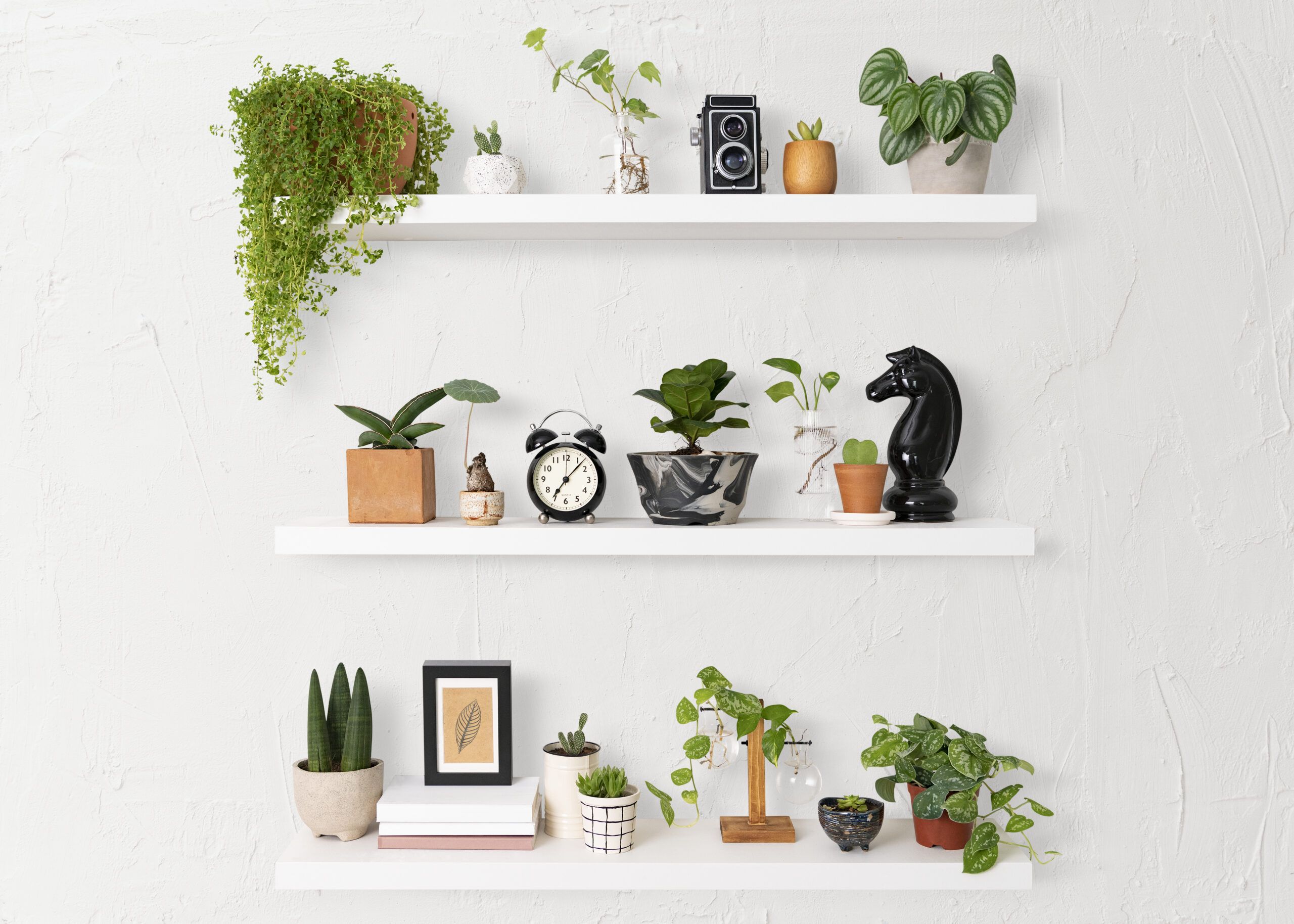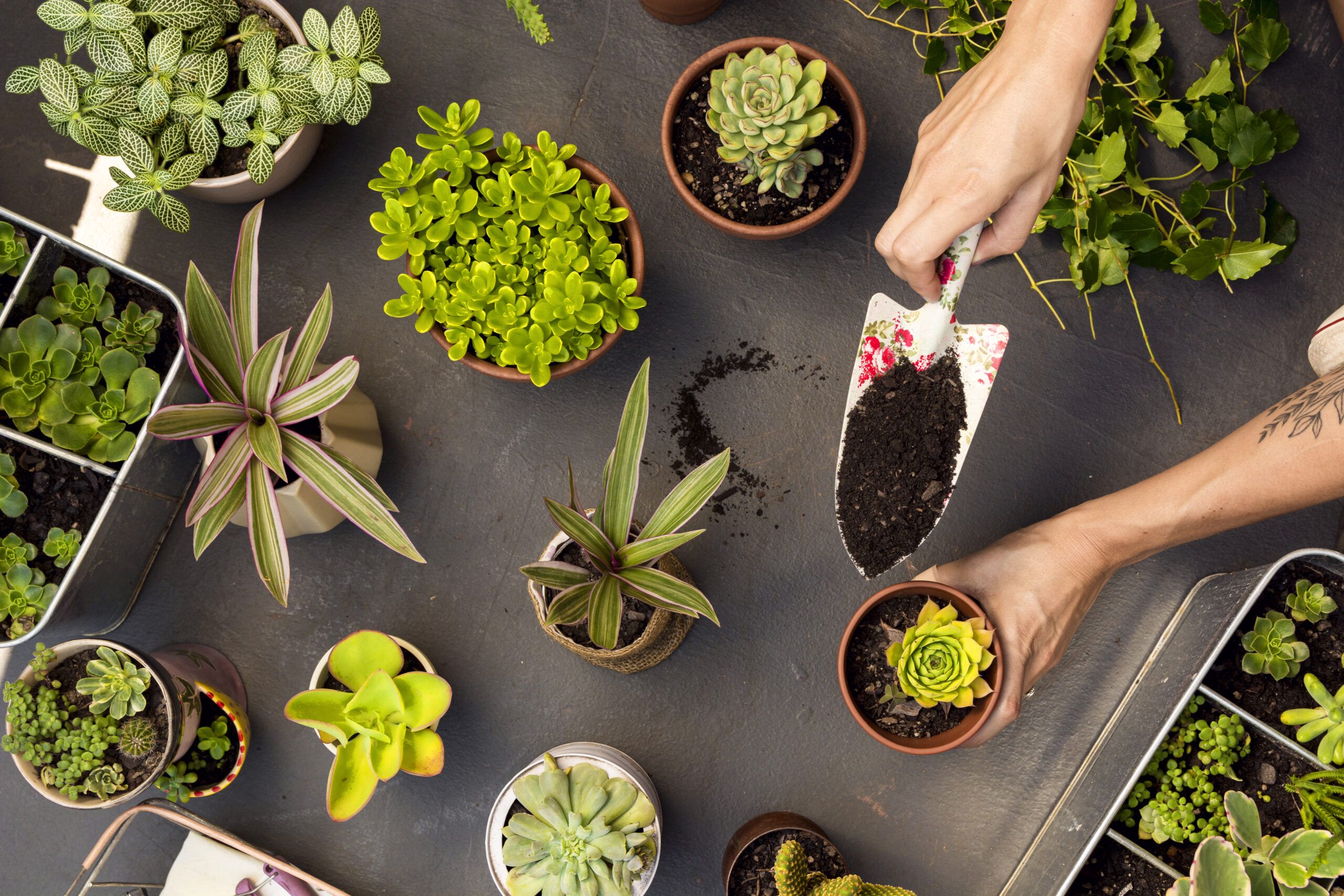Research revealed that potted house plants can go a long way in helping to reduce air pollution in a variety of indoor spaces. Several plants were exposed to nitrogen dioxide (NO2), according to the study which then found in certain circumstances they were able to reduce the pollutant by 20 per cent.
Three varieties of plants including Peace Lilies, Corn plants and Fern Arum were studied by being placed in a NO2 chamber which scientists likened to an office near a busy road. It took an hour for the results to come through.
Lead researcher Dr Christian Pfrang noted that these findings were contrastive to previous research.
“The plants we chose were all very different from each other, yet they all showed strikingly similar abilities to remove NO2 from the atmosphere,” he said.
“This is very different from the way indoor plants take up C02 in our earlier, which is strongly dependent on environmental factors such as nighttime or daytime, or soil water content”.

Greenlife Industry Australia chief executive Peter Vaughan commented that the “growth was turbocharged as a result of COVID-19 restrictions causing homeowners to prioritise the liveability of their homes”.
Adding to those comments was nursery owner Graeme Brindley who said that he’s never seen this kind of popularity in his 40-year career.
“In the past five years that trend has come back and there is a whole new wave of people collecting plants again and getting right into it,” he said.
“It’s particularly been with younger people, which is great to see.
“Forty-three years ago, people would be mad on collecting all different types of indoor plants.”






